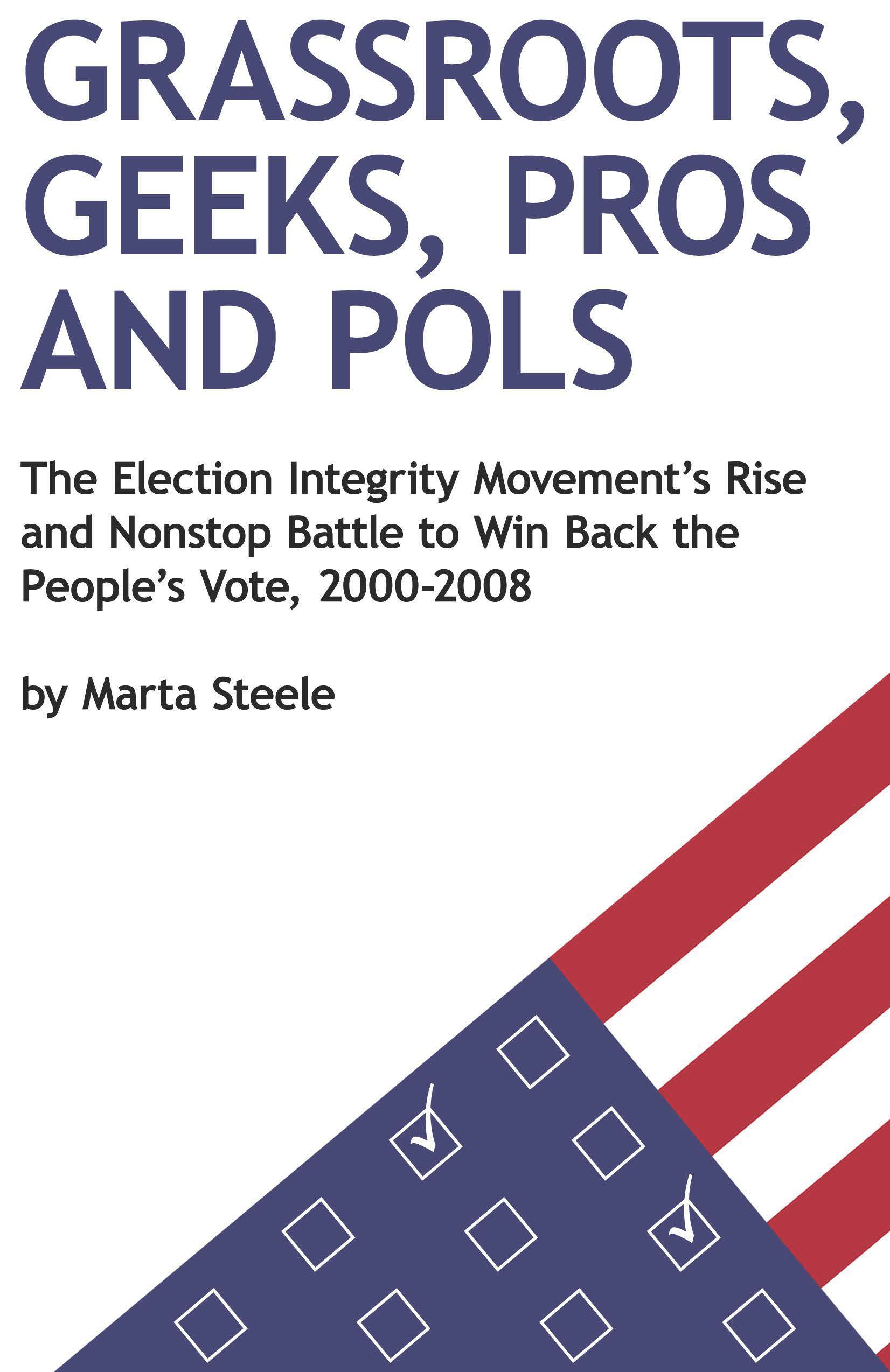Brennan Center for Justice Panel, Press Club, 9/17:
"America's Voting Technology Crisis"
When states and localities experience fiscal pressures, elections tend toward the lower end of the scale of priorities, behind education, public safety, and health care, to name just a few resource competitors.--Presidential Commission on Election Administration
Discimination isn't the issue, but resources are limited.--Doug Lewis
When President Obama delivered his second inaugural address in 2012, he actually touched on the subject of the excruciatingly long lines that form at polling places on election days. He did not relate them to the de facto discrimination against underprivileged populations voting in the inner cities. Neither did the Presidential Commission on Election Administration formed by executive order the following year. The order did recommend best practices for populations who have disabilities or limited English-language skills and for overseas civilians and military personnel. The term "discrimination" occurs but once in the entire resulting document, "The American Voting Experience: Report and Recommendations" in a euphemistic context concluding that districts with similar problems can work together. The problem of "long lines" that generated this excellent report is dealt with very scientifically--according to "queuing theory" inter alia!
Neither was this intolerable issue discussed in depth by the distinguished panel at the Brennan Center's stimulating event, America's Voting Technology Crisis, held at the National Press Club on September 17. A September 15 report published by the Center, with the same title, was the immediate stimulus for the event. The distinguished panelists included NPR correspondent and elections specialist Pam Fessler; Edgardo Cortes, Commissioner of Elections, Virginia Department of Elections; Neal Kelley (via Skype), Registrar of Voters, Orange County, California [why not L.A. County, rife with urban underprivileged people, the country's largest voting district? But Orange is the fifth largest and one of the most affluent]; and Doug Lewis, recently retired, long-time executive director of The Election Center, an umbrella organization that educates, trains, and brings together election officials from throughout the country.
The main theme of the event was the attrition of this generation of election systems, purchased in a panicked stampede mostly after the 2002 passage of the Help America Vote Act (HAVA), which mandated replacement of the out-of-date systems that were blamed for the havoc in Florida most notably during and right after Election 2000. So into the dumpsters or sanitary landfills went punch-card systems (remember the hanging chads) and lever machines, both of which had endured for generations, and along came electronic systems to replace them.
The electronic systems were hugely problematic from the start, when they malfunctioned even before the passage of HAVA in guess where, Florida. The 2002 primaries there exploded into havoc with the introduction of brand-new direct recording electronic systems (DREs).
There are huge problems at every stage of the process of electronic voting, not just the attempted booting up, which sometimes works and sometimes doesn't.
But back to our current plight, after at most 15 years using electronic systems. That hugely tamperable, easily dysfunctional machinery is on its last legs throughout the country, as was clear from the day they were purchased at a price tag of $3 bn + at the federal level only, with states kicking in the rest, a huge amount of money. The panel predicted that new systems can be purchased to the tune of $1 bn. Few counties or municipalities or states, let only the federal government can cough up that fortune. Some can, but the poorest areas, inner cities of Ohio, for example, can't.
Who wants more electronics anyway? Haven't we learned the hard way that they don't tally our votes accurately, even when optical scanners are used, since it is so troublesome to hand-count the paper ballots they use, with electronic audits the norm even where paper is there, if not sunk into the bottom of lakes or otherwise disposed of secretly.
Besides, paper ballots cost money to generate--one estimate was $100,000 for one county. And Mr. Lewis said hand-counted paper ballots (HCPB), the Gold Standard of voting according to some grassroots activists and eminent computer scientists, are appropriate in back-woods areas like Vermont and New Hampshire but not big--city-sized units like Los Angeles. [Think of all of that paper and trusting the people according to carefully designed and totally transparent methods--what democracy looks like and is sorely needed to keep democracy alive.] EAC Commissioner Matt Masterson later noted that his young children won't know what to do with paper ballots when they come of age since they won't be taught cursive writing in their schools to develop signatures.
Many vendors used by trusting municipal units have shut down, so what is there to do about replacement parts, which is one way areas are choosing to keep the sluggish locomotive going [We think it can! We think it can!]. They are, well in advance of Election 2016, scrambling to replace machinery parts whether or not they are outdated and dysfunctional. More power to them.
I should thoroughly read contracts between election system vendors and their patrons, we the people via our elections officials. Because I have read plenty of other sources about how expensive warranties are. And I have read that maintenance promised by vendors id not always diligent. Where are they when we need them? That question didn't come up during or after the panel discussion.
A fascinating point mentioned by Neal Kelley was that 5,000 voters surveyed prioritized accuracy and reliability for election systems over privacy and ease of use.
(Note: You can view every article as one long page if you sign up as an Advocate Member, or higher).






